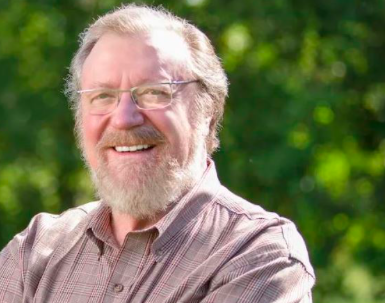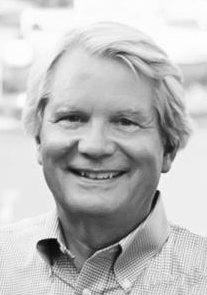Norton Sound Health Corporation has mandated that all of its workers, board members, and volunteers must be vaccinated for Covid-19 by Monday, June 14, or they will be placed on unpaid leave. If they still don’t comply, they will be fired.
In a letter to employees in May, CEO Angie Gorn outlined the new rules, which are to prevent the spread of the virus to patients and coworkers in the NSHC region, which includes Nome.
The policy applies to all board members, employees, contractors, students, and volunteers, Gorn said.
Also, any booster vaccines that the CDC recommends will be mandatory and there are no religious exemptions, only medical exemptions that must be approved by the corporation’s medical director.
“If you have not yet taken the Covid-19 vaccine, you will have until Monday, June 14, 2021, to show proof of your first dose. Any employee who remains unvaccinated by Monday, June 14, 2021, will be placed on unpaid admin leave for a period of 30 days. During this wait period, NSHC will not pay for any housing, bonuses, reimbursements, or incidentals on behalf of the employee. Failure to comply with the mandatory COVID-19 vaccine policy after 30 days, will result in termination of employment (unless a medical exemption is granted),” Gorn wrote.
Must Read Alaska has learned that there are several people working for the corporation who have chosen to leave, due to the new policy. By several, our sources say, there may be over 20 employees leaving or forcing the corporation to fire them.
But those who would be hired to replace them must be vaccinated, according to Gorn’s letter.
“Any ‘new hire’ offers of employment will be contingent on the applicant’s current COVID-19 vaccination status or willingness to receive the COVID-19 vaccine two days after new hire orientation. Any new or existing contractor, volunteer, and/or student must also comply with this policy,” she wrote.
Getting qualified health care workers to move to Nome is not an easy task. Health care workers are in high demand all over the country, so NSHC will be competing for those specialized workers — nurses, technicians, and therapists, for example, and may not have the ability to compete due to the remote nature of the communities the corporation serves.
On the NSHC vacancy list, for example, there are eight openings for lab workers, five nursing positions open, and 11 vacancies in behavioral health, just a few on the list that the company seeks to fill.
Adding another 20-25 vacancies to that list of more than 50 specialists needed could imperil the health of Alaskans from Shishmaref to Stebbins, and from Gambell to Diomede.








